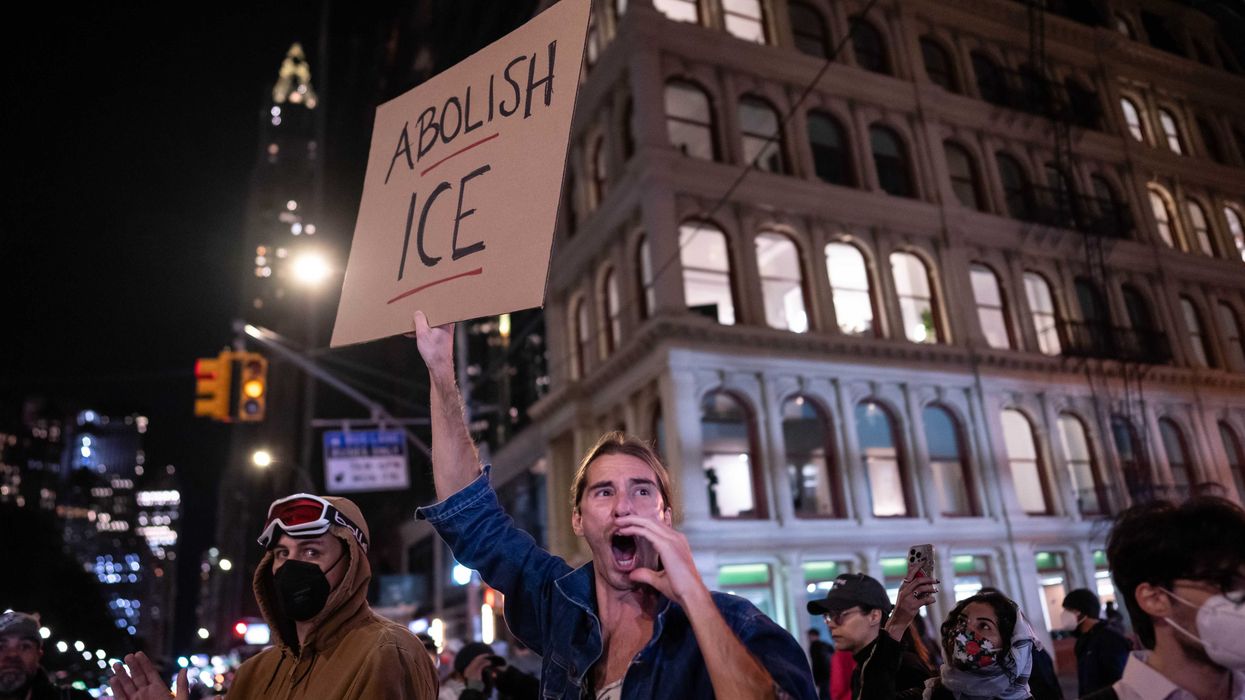For much of the month of August, the news cycle was filled of accounts of looting and rioting in Ferguson, Missouri. The violence was in response to the shooting death of 18-year-old Michael Brown on August 9. As was reported, Ferguson-based businesses were hit particularly hard by both vandalism and a lack of customers. But from the wreckage goodness arose, and Glenn devoted Thursday's Glenn Beck Program to highlighting the positive and inspiring stories out of Ferguson you may not have heard.
"In Ferguson, the violence has faded. So have the cameras," Glenn said. "But is that the end of the story? Do we even care? Does the media care? What was Ferguson really all about?"
While Americans are clearly interested in justice and learning what actually transpired in the moments before Brown's death, so-called leaders like Jesse Jackson and Al Sharpton and the media "stirred the pot" by focusing on the bad, the bitter, and the angry. Because of that narrative, most Americans have little to no understanding of what kind of community Ferguson actually is.
While Glenn asked TheBlaze to cover stories - like the 'BUYcott' organized by the St. Louis Tea Party - demonstrating the acts of goodness that emerged from the chaos, the Huffington Post was one of the few other news outlets to offer a different perspective.
"Last week, while I was on vacation, I clicked on the Huffington Post, not something I usually do, but I did," Glenn said. "And, at a time when most were using Ferguson as an opportunity to divide or gain power, Arianna Huffington wrote a piece herself showing the full picture which was quite different from the picture that the media has left us all with."
"Yes, there were looters. Yes, there were vandals. Yes, there are bad cops… [But] the good… has far outshadowed the bad," he continued. "Teachers spent their day cleaning up trash. Arianna Huffington also pointed out the religious leaders and the churches that helped clean up and worked tirelessly urging people to be peaceful. She pointed out the mystery man who handed out $100 to local businesses and insisted on remaining anonymous. Others opened up their homes to complete strangers, and donations poured into local food pantries."
Editor's Note: You can read Huffington's article HERE.
While you probably didn't hear about those stories from the mainstream media, Glenn found it encouraging that the Huffington Post and TheBlaze, despite whatever ideological differences exist, could be on the same side when it came to offering an alternative.
Glenn proceeded to welcome Dellena Jones, owner of the 911 Hair Salon in Ferguson to the program to discuss her experience with the St. Louis Tea Party who frequented her shop during its August 21 'BUYcott.' Jones said she did not have much of an opinion of the Tea Party before her encounter, but she is quite grateful for their support.
Jones explained a majority of the rioting occurred at night, and it was largely peaceful protestors who filled the streets of Ferguson during the day. Perhaps unsurprising, Jones believes the violent undertones were widely the result of outside forces.
"We definitely felt violated as a whole because I truly believe that some people from certain areas [outside] Ferguson… had displaced anger," she said. "And, as you spoke about… people sometimes explode instead of holding back to place the anger in a positive way. It’s really sad because I truly think and believe that things could have been done in such a better way."
There were some people who chose to handle the situation in "a better way" - namely, the St. Louis Tea Party. Through Facebook, the group organized a trip to Ferguson so people could patronize local businesses. Jones' salon was one of the businesses Tea Party members frequented.
"They just came in, and they’re like… 'We wanted to encourage you about what’s going on… We’re glad that you’re staying in business… Do you need anything,'" Jones explained. "It was basically a blessing. It was nice to hear from people who do not know you who are just like, 'Oh, can we help do something?'"
Ultimately, Jones believes the experience forged a relationship that will last for years to come.
"We exchanged information because I like to keep a relationship with people because you never know what or how I can help them or how they can help me. So anytime I come in contact with genuine people, I like to keep a relationship with them," Jones concluded. "We took pictures, we communicated… and that always leaves a lasting impression on anyone."

 Harold M. Lambert / Contributor | Getty Images
Harold M. Lambert / Contributor | Getty Images
 Adam Gray / Stringer | Getty Images
Adam Gray / Stringer | Getty Images Anadolu / Contributor | Getty Images
Anadolu / Contributor | Getty Images Brandon Bell / Staff | Getty Images
Brandon Bell / Staff | Getty Images